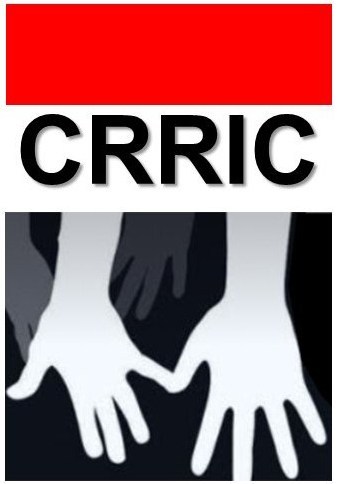THE CULTURE OF PEACE
Commemorating the 20th anniversary of the UN Declaration and Programme of Action on a Culture of Peace

CoP Boolet – 20th Anniversary Edition (1999-2019)
UNITED NATIONS HIGH LEVEL FORUM ON THE CULTURE OF PEACE
Backgrounder
On 13 September 1999, the United Nations General Assembly adopted, by consensus and without reservation, its landmark, pioneering and norm-setting resolution 53/243 on the Declaration and Programme of Action on a Culture of Peace. Among other things, it provided the driving force for the implementation of the UN-declared International Decade for Culture of Peace and Non-Violence for the Children of the World (2001-2010).
Ever since the initiative taken in 1997 to include a separate agenda item on the culture of peace by Ambassador Anwarul K. Chowdhury of Bangladesh and the UNGA decision to do so allocating the item to the plenary of the General Assembly, every year the Assembly has adopted by consensus a comprehensive, self-standing resolution on the culture of peace. The General Assembly, through its annual substantive resolutions, has highlighted the priority it attaches to the full and effective implementation of these visionary decisions which are universally applicable and is sought after by the vast majority of all peoples in every nation.
Recognizing the need for continual support to the further strengthening of the global movement to promote the Culture of Peace, as envisaged by the United Nations, particularly in the current global context, the day-long, General Assembly High Level Forum is intended to coincide with the anniversary date of the adoption of 53/243. Substantively, the Forum is to be an open public opportunity for the UN Member States, UN system entities, civil society including NGOs, media, private sector, and all others interested, to have an exchange of ideas and suggestions on the ways to build and promote the Culture of Peace and to highlight emerging trends that impact on the implementation process.
When we see what is happening around us, we realise the urgent need for promoting the culture of peace – peace through dialogue – peace through non-violence. The culture of peace begins with each one of us – unless we are ready to integrate peace and non-violence as part of our daily existence, we cannot expect our communities, our nations, our planet to be peaceful. We should be prepared and confident in resolving the challenges of our lives in a non-aggressive manner. This individual dimension is the core message of the culture of peace, more so in recent years, and can create the collective action for peace which the United Nations is aiming to achieve for more than the seven decades of its existence.
The Forum is convened by the UNGA President taking the lead in the preparations of the event which focuses on the implementation of the Programme of Action. Following the wide-ranging success of the UN General Assembly’s High Level Forum on The Culture of Peace held on 14 September 2012, the Assembly adopted by consensus the resolution 68/125, co-sponsored by 105 Member States led by Bangladesh. It requested “the President of the General Assembly to consider convening a high level forum, as appropriate and within existing resources, devoted to the implementation of the Programme of Action on the occasion of the anniversary of its adoption, on or around 13 September.”
The 73rd session of the UN General Assembly adopted the resolution 73/126 on 12 December 2018 – with the co-sponsorship of 100 Member States led by Bangladesh – which requested “the President of the General Assembly to give special attention to the appropriate and befitting observance of the twentieth anniversary of the adoption of the Declaration and Programme of Action, which falls on 13 September 2019, by holding the high-level forum on that date, which will be an opportunity for renewing the commitments to strengthen further the global movement for the culture of peace.
China’s Belt and Road Initiative (BRI): Is it a Benign Economic Plan or a Strategy to Dominate?
CRRIC suggests to seek answers to the following questions in the seminar from the panellists:
- What does the 21st Century Maritime Silk Road mean in terms of global maritime security, and extension of the People’s Liberation Army’s (PLA) power projection capacity?
- Which countries are the most susceptible to be targeted for enhanced people-to-people exchanges? How much China would gain in terms of advancing its ‘soft-power’?
- Which countries are enhancing their political and security intelligence cooperation with China under the Belt and Road umbrella? How does BRI help Beijing’s political warfare and influence operations? [i]
- Is Canada faring well within a triangular US-CHINA-CANADA relationship? If not, what can be suggested?
- How do we chart Canada’s future trade, security, and diplomatic relationship with China in light of Huwaei trial and trade issues?




